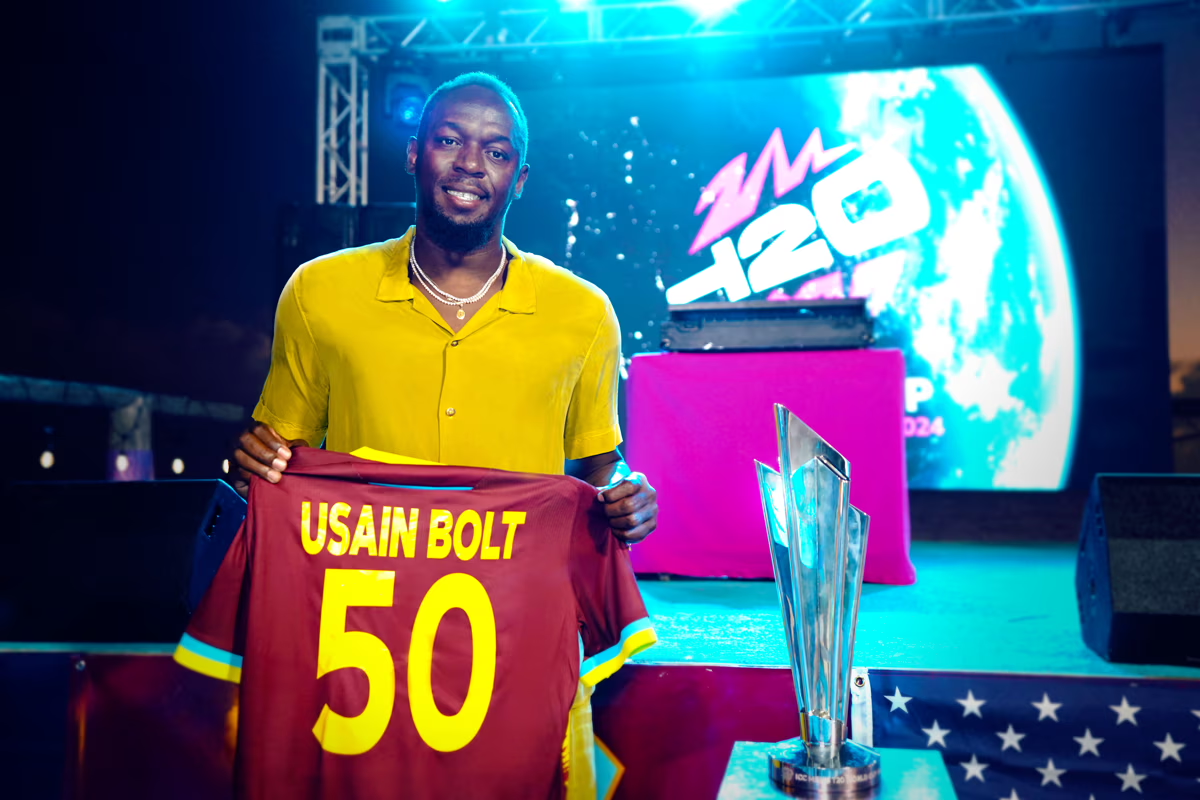With the new model Production Sharing Agreement (PSA) that the People’s Progressive Party/Civic (PPP/C) Government is implementing for all new oil exploration projects, Government is optimistic that the State’s take will rise to over 60 per cent of the current revenue share.
Vice President Bharrat Jagdeo expressed this view during a recent press conference, noting that ExxonMobil has invested more than US$30 billion to finance its oil exploration and production activities in Guyana. This sum, according to him, is six times the money in Guyana’s banking system. But with the new PSA, Guyana’s take from similar investments will increase by over 60 per cent.
“We needed that to explore these big opportunities. So, our job is to try to get the investments in, but to get a growing share of the pie too. And to make sure that our people get the possibility of development, the supplies. With our new PSA… when you look at the total take, it will be (over) 60 per cent of the total take, when you do the analysis of the investments,” he said.
According to the provisions of the 2016 Production Sharing Agreement (PSA) signed under the former A Partnership for National Unity/Alliance For Change (APNU/AFC) Government, 75 per cent of gross revenue goes to cost oil while Guyana gets a total 14.5 per cent take from the remaining profit oil and royalty and Exxon gets a 10.5 per cent take.
But while the new model PSA has implemented provisions for ring-fencing, Jagdeo noted that had the 2016 contract done this in the first place, Guyana’s share of profits would have increased by now from the amortisation of some of Exxon’s earlier investments.
“The contract says 75 per cent goes to cost oil. That is to pay back loans and everything else, return on investment…. we had spoken about our disappointment with the lack of ring-fencing. Because at 75 per cent cost recovery, with ring-fencing, they would have already amortised already some of the earlier investments.”
“So, our share would have gone up now, because if you amortise fully, you’re now 50 per cent of the total revenue, the sale of oil. So, the 155,000 barrels of oil per day, gets sold and you’re getting 50 per cent of that, plus the 2 per cent royalty. But because of the lack ring-fencing… although a huge part goes to cost recovery, they utilise a lot of those funds for the aggressive exploration that we’ve seen,” Jagdeo further posited.
Under the new conditions of the model PSA, Guyana stands to benefit from as high as US$20 million signature bonuses for the deep-water blocks and US$10 million for the shallow-water blocks. Additionally, all future PSAs would also include the retention of the 50-50 profit-sharing after cost recovery; the increase of the royalty from a mere two per cent to a fixed rate of 10 per cent; the imposition of a 10 per cent corporate tax, and the lowering of the cost recovery ceiling to 65 per cent, from 75 per cent.
At the time the new PSA was released, Exxon had already registered for the bidding round as one of the companies vying for the remaining oil blocks offshore Guyana that are up for auction. ExxonMobil Guyana President Alistair Routledge had prevously told this publication that his company’s interest in the auction is fuelled by its successful oil finds offshore Guyana.
The end date for that very auction has since been extended to July 15, 2023, amid a plethora of interest being expressed by major international players. Previously, the auction had been expected to end on April 14, 2023, after which evaluations and negotiations would have followed and the blocks would have been awarded in May 2023.
The sizes of the 14 oil blocks on auction range from 1000 to 3000 square kilometres (sq km). Natural Resources Minister Vickram Bharrat had said in February that more than 20 companies had indicated their interest in buying oil blocks, and have already submitted bids. These companies, he had noted, are renowned in the oil and gas industry.
























